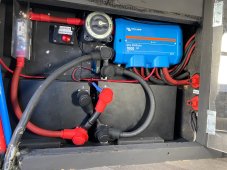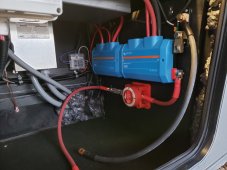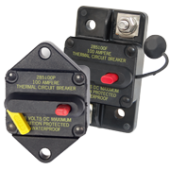corn18
Village Idiot
- Joined
- Sep 9, 2021
- Messages
- 827
Yes, nice to have.Corn18, so the Lynx and Gerbo are nice to haves? Not gotta haves?
For the distributor, it really is not expensive for what you get. A pair of Blue Sea 1000A bus bars will run you $80 x 2 = $160. And I was able to eliminate 4 circuit breakers which cost $35 each. So my old setup was $300. The Distributor is $210 + $35 for 4 fuses = $245. And the install is so much tidier. The hack to get the LEDs working was another $10. So it seems like a no brainer.

vs.

The Cerbo GX is not economical. It just provides an easy way to manage all the Victron stuff and have a cool display inside. You still need a laptop and dongle to make some changes like LiFePO4 charge profile.
I did get a Raspberry Pi and got that working, too. It is a lot cheaper and fairly easy to do.
Or just stick with the Victron Connect app on your phone and get a dongle to change things on your laptop. That will do everything you need.






